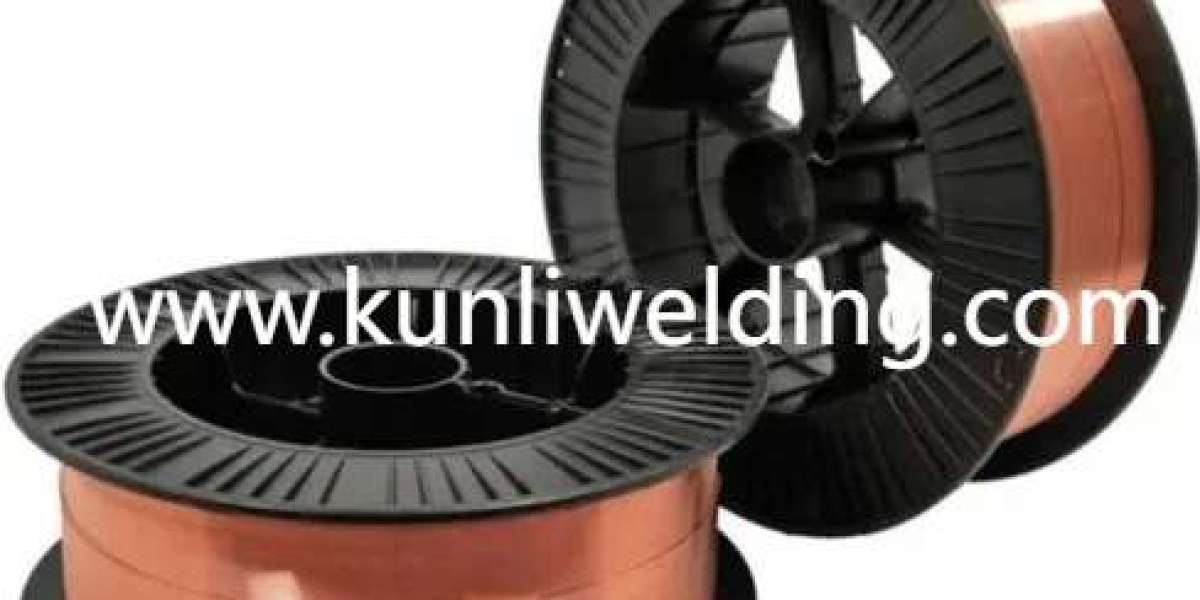When fabrication programs require consistent joint integrity, partnering with reliable Aluminum Welding Wire Manufacturers is a first line of defense against common defects. Many production problems begin long before the torch strikes the metal: surface contamination, degraded spool condition, and uncertain alloy composition all raise the odds of porosity, incomplete fusion, and thermal cracking. Manufacturers that prioritize material traceability and offer clear handling guidance help fabricators stay on schedule and avoid costly repairs.
Porosity remains a frequent issue, especially when humidity, oil, or dirt contaminate the filler or parent metal. Preventive measures include sealed packaging during transit, controlled storage environments, and clean handling protocols at the workstation. Using desiccant packs, resealable bags, and covered dispensers reduces moisture uptake. In the arc, a stable shielding environment—short gas cups, correct flow rates, and wind protection—keeps the weld pool free from entrained air and improves bead appearance.
Lack of fusion is often a process problem rather than a material one. Mitigation starts with correct joint design and proper fit up. Consistent root gaps, uniform bevels, and proper tack sequencing let heat distribute evenly, ensuring full penetration without overheating thin sections. Parameter discipline—matching current, travel speed, and electrode extension to the chosen filler and base metal—ensures the arc produces a weld that bonds throughout the joint thickness.
Cracking, whether hot or cold, reflects both metallurgy and thermal control. Alloy selection matters: a filler matched to the base metal’s chemistry reduces brittle phases in the weld zone. Heat input control, interpass temperature management, and stress relief practices limit residual stresses that open microcracks under load. For large panels or constrained assemblies, tack patterns and sequence planning help distribute heat and minimize distortion that can later translate into fatigue issues.
Distortion and warpage interrupt production and add finishing time. The remedy combines fixturing, balanced welding sequences, and low heat techniques. Clamping in strategic locations and welding alternately across assemblies limits cumulative thermal strain. Where automation is used, robots can follow symmetrical patterns and consistent speeds that reduce variability from operator fatigue.
Contamination from oils, paints, or foreign particles produces erratic arcs and weak weld deposits. A designated cleaning area, dedicated tools, and regular wipe routines remove these hazards before joining. Material handling tools that avoid direct contact with strands—gloves, clean spooling tongs, and non metallic guides—preserve surface finish and feed reliability.
Top producers reduce defect incidence by controlling the supply chain. Batch level chemistry reports and retained sample reels let fabricators trace any issue back to its origin. Inline inspection equipment during drawing and spooling catches dimensional or surface anomalies early. Suppliers that publish handling instructions and parameter recommendations shorten qualification cycles and lower the risk of shop floor surprises.
Training and documentation empower teams to replicate success. Clear weld procedure specifications tied to spool lot numbers, accessible parameter sheets, and short hands on sessions reduce guesswork. When operators understand why a specific travel speed or gas cup length matters, they are better able to maintain consistency in high-pressure environments.
Inspection regimes close the loop. Visual checks, non destructive testing for critical seams, and routine audits of storage conditions reveal trends before defects escalate. Transparent corrective actions and supplier collaboration make it possible to adjust processes quickly and keep production moving.
Manufacturers and fabricators that coordinate on material quality, storage, handling, and process discipline find defect rates decline and throughput improves. For detailed product guidance, handling recommendations, and application support related to aluminum wire options and welding consumables, visit www.kunliwelding.com . The site includes technical notes, recommended parameter ranges, and contact channels for application specialists who can assist with spool selection and qualification planning.














